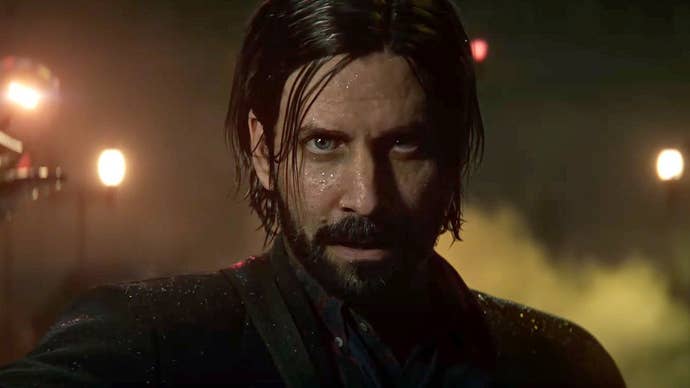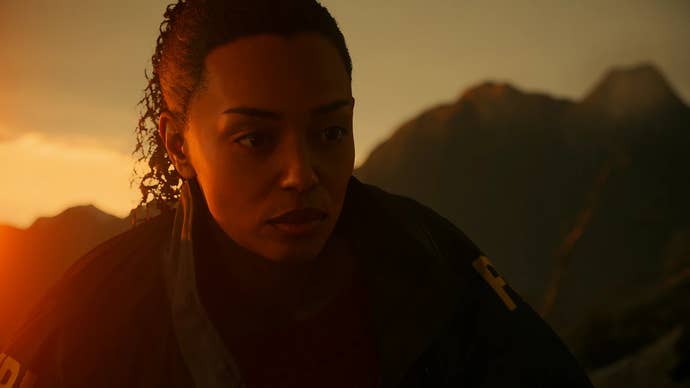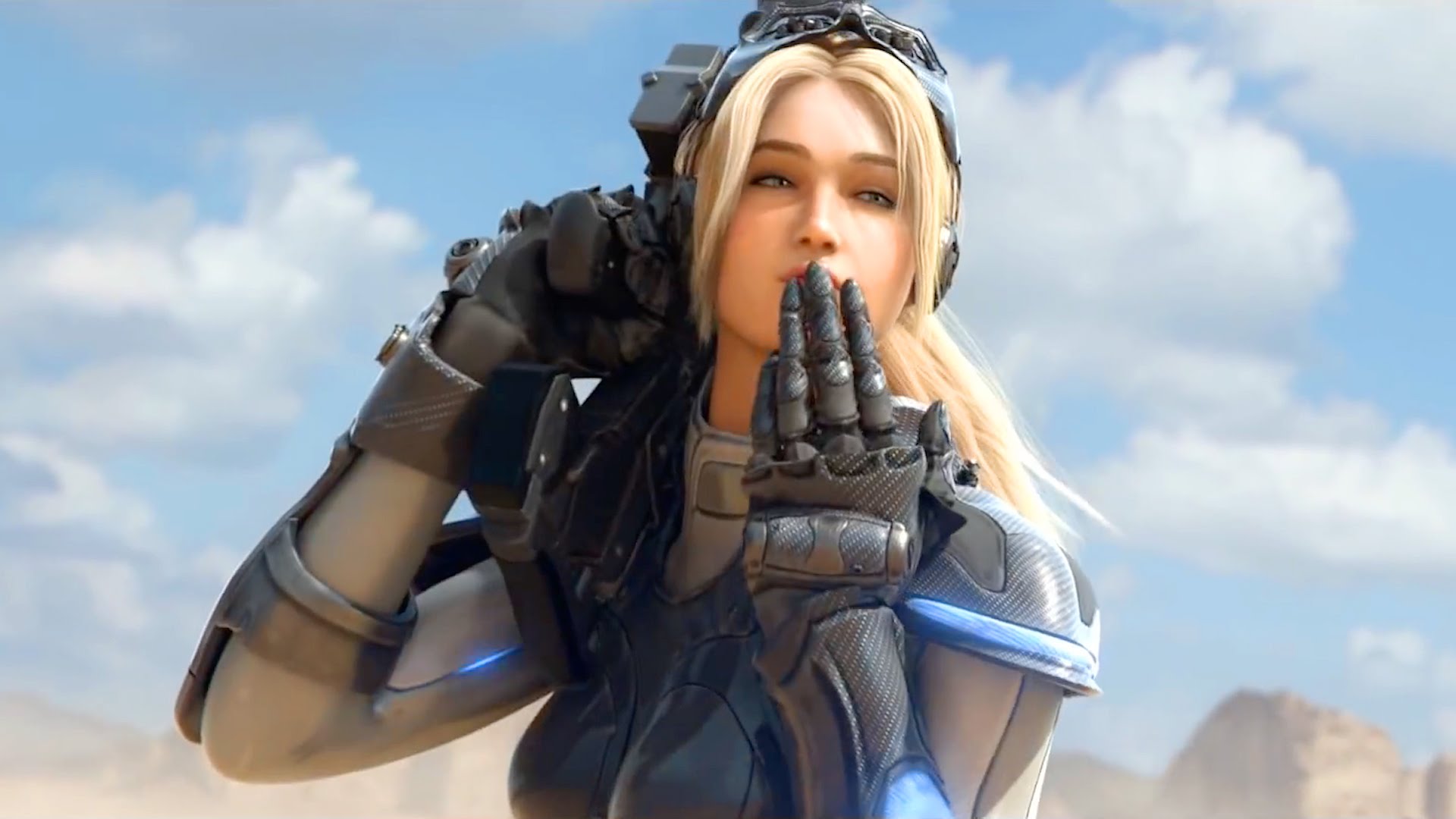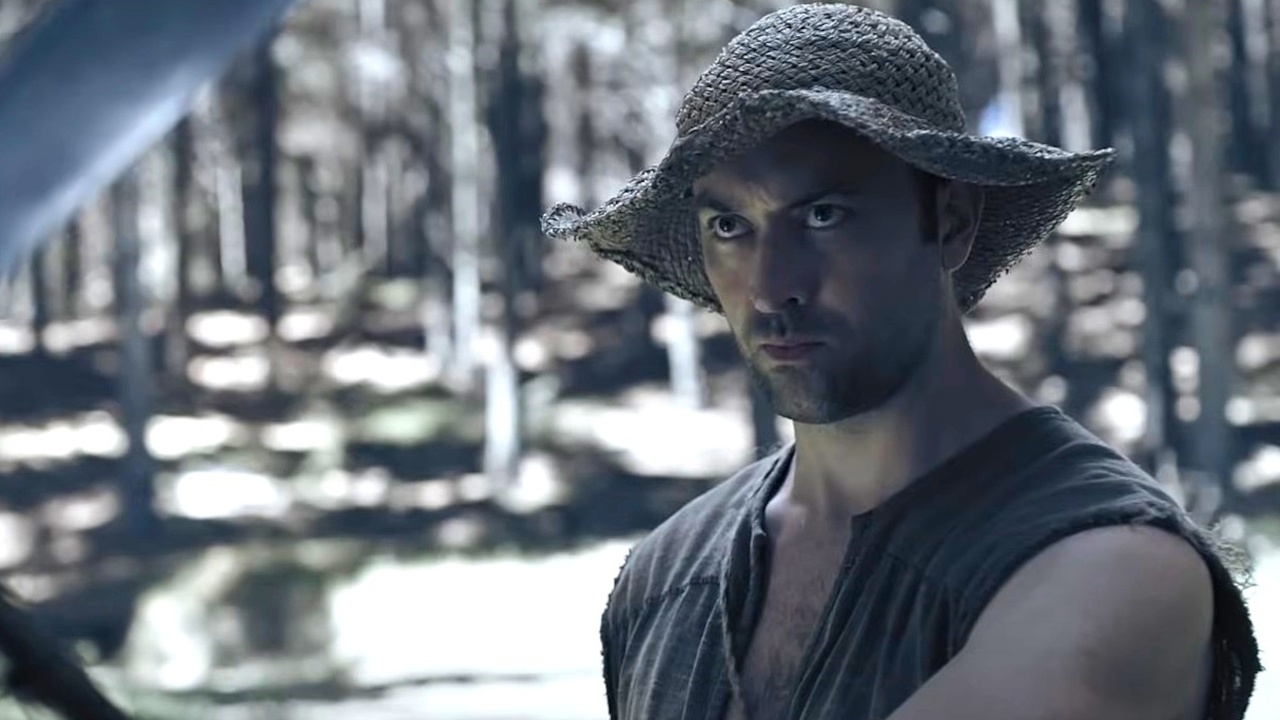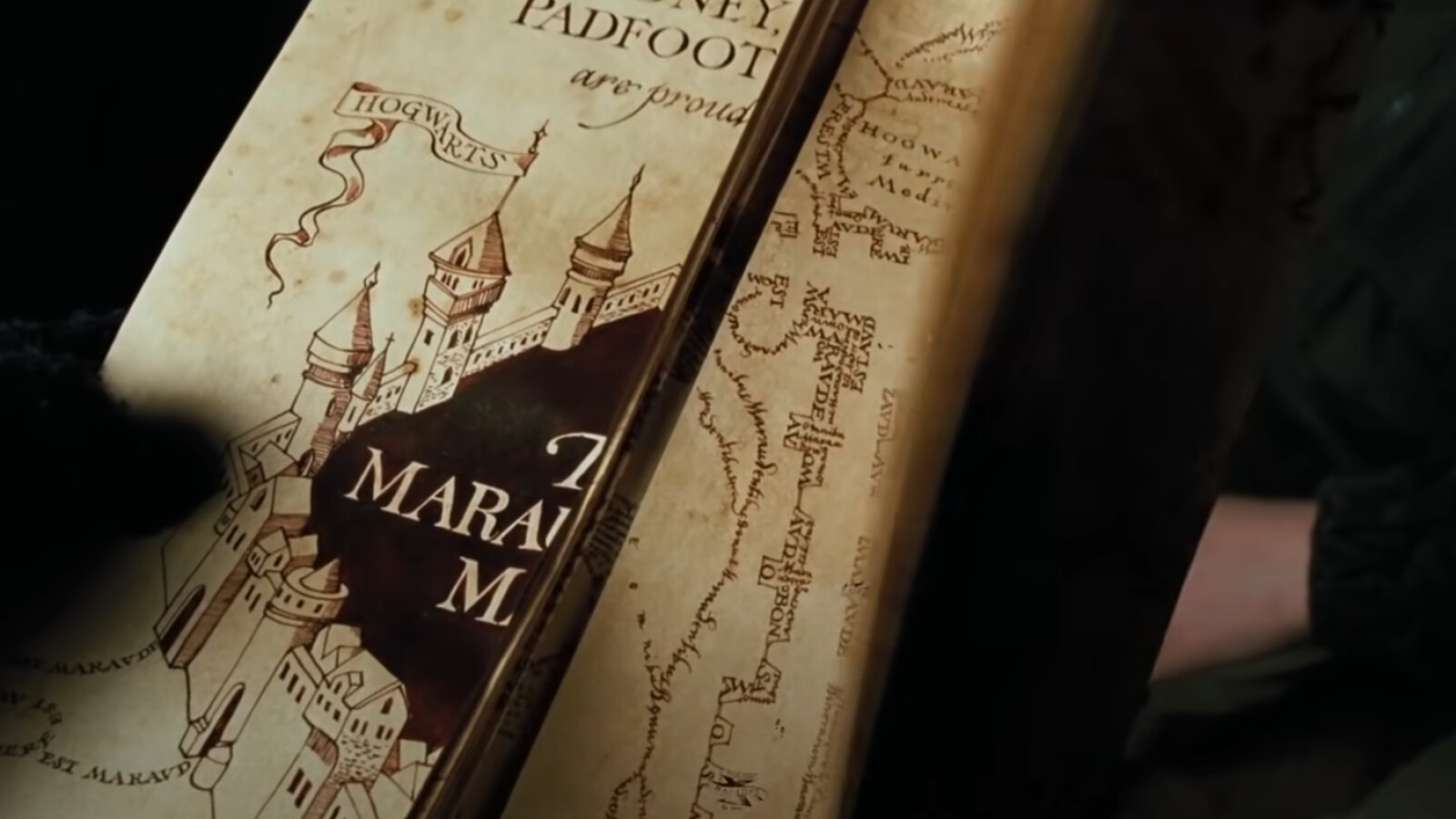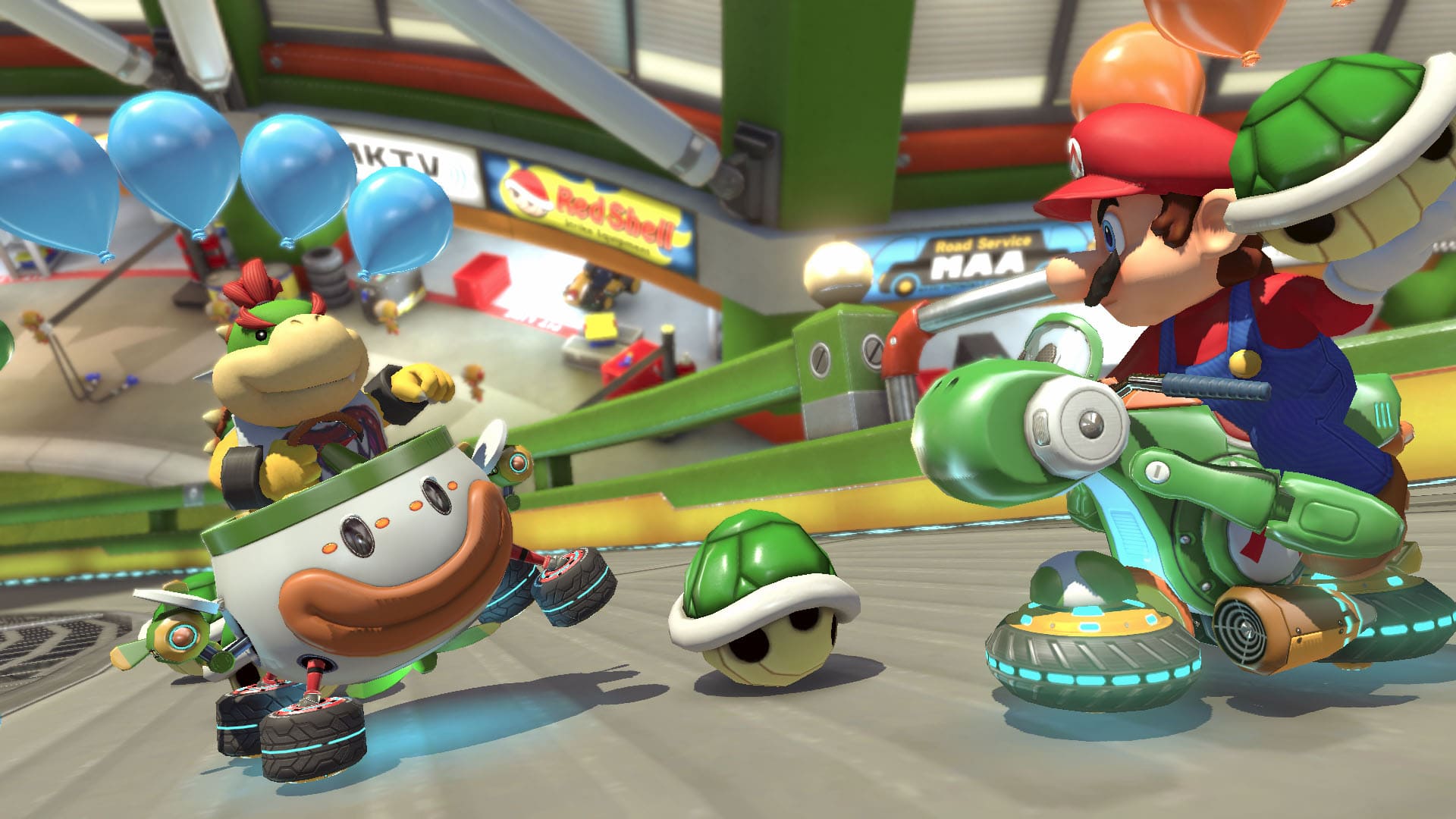On the surface, Alan Wake 2 presents a narrative about meta-narrative. Set in the American Pacific Northwest, it not only pays homage to the work of David Lynch, but its approach to that particular brand of horror shows a real understanding of how its inspiration came to be in the first place.
But what I didn’t expect was that Alan Wake 2 hid a story about self-doubt, overcoming anxiety, and all the subtle and cunning ways in which our own thoughts can slowly erode the way we see ourselves.
iGamesNews
There are spoilers for the ending of Alan Wake 2
Much of my adult life has been defined by certain embedded but evolving characteristics. I’ve always known I was anxious. Even before I was diagnosed, before I could easily describe how I often felt and have people understand, I knew I had some form of anxiety—I just didn’t give it a name.
Like most other psychological conditions, this psychological condition is related to upbringing and childhood trauma, two things you cannot reverse. Anxiety cannot be completely cured, but you can learn to live with it effectively. It’s a journey; you learn to appreciate the process.
If there’s one thing that’s always bothered me, it’s that anxiety makes you your own worst enemy. Everyone learns to deal with problems in their own way, but one universal fact is that it’s all in your head. Fear is the mind killer, and so on.
The moment Alan Wake 2 reveals its hand is nearing the end. When Saga Anderson – effectively the game’s protagonist – is forced to make a decision at a crucial moment. At this point, the real substance of the narrative changes from subtext to text.
For most of Alan Wake 2, Saga plays along. Dance to the rhythm of Allen’s writing. The more involved she becomes, the harder it becomes for her to distinguish fiction from reality. Saga frequently encounters situations throughout the story that make her question her own perception of reality and, indeed, her ability to distinguish between what is and what is not.
She always denies the version that is inconsistent with the facts she For now she thinks that’s true, but when it comes to her daughter, she’s not so sure. Saga’s daughter is her Achilles heel. In Allen’s story, the child dies; He drowned a few years ago in the town where much of the game takes place. Everyone she meets brings it up and assumes she blocked the memory when she didn’t react the way they expected.
Saga is initially convinced that her daughter is alive, but as events spiral out of control and Allen’s writing becomes so intertwined with reality that it is almost indistinguishable, she begins to question her beliefs. Saga calls her home multiple times to check on her daughter, but Yugi is smart enough to always keep her fate a mystery.
Her self-doubt becomes persistent and becomes increasingly intense as the story draws closer to its end. Eventually, inevitably, this becomes another version of Saga herself – one entirely of her own making. This “other legend,” as she calls it, is the embodiment of every dark thought the real legend has ever had; a saga that fully embraces the version of events that the protagonist has always denied.
It’s hard to see that this simply represents the anxiety that can result if left unchecked. The voice in your head is constantly undermining your (often proven) abilities, making every little event catastrophic, and trying to convince you that the story will end badly. Very much the same The monster is so anxious that people dare not approach it.
As much as you might try to dismiss every dark thought it throws its way at you, it’s often difficult to see this other version of you as a foreigner. Part of the reason it feels impossible is that you’re being asked to believe in yourself, rather than a version of yourself that has no basis in reality. But how do you know which is which? This is what Saga’s story attempts to reveal.
Anyone who has been dealing with anxiety will be very aware of all the therapy exercises, homework, and self-regulation you have to do in order to stay ahead of your alter ego. The key to working with this voice, as in this story, is to sit in the writer’s chair. By recognizing this fact, Saga becomes, for the first time, proactive in authoring the events of her story. Simply realizing the immense influence of other legends leads her to finally face these demons.
The big twist at the end is that the person Alan Wake has been trying to help is Mr. Scatch. Scatch has always been thought to be Wake’s doppelgänger, possessed by a dark presence, but in fact, Wake himself has been trying to edit the story to foreshadow his own return. How the two are so interchangeable speaks to a deep anxiety. The desire to continually destroy ourselves creates the very demons we strive to exorcise.
Alan Wake 2’s story is deliberately immature; any sincere story about angst must be that way. Only by understanding how it works can we learn to live with it and possibly reach the top of the spiral.
This is not a cycle. This is a spiral.


